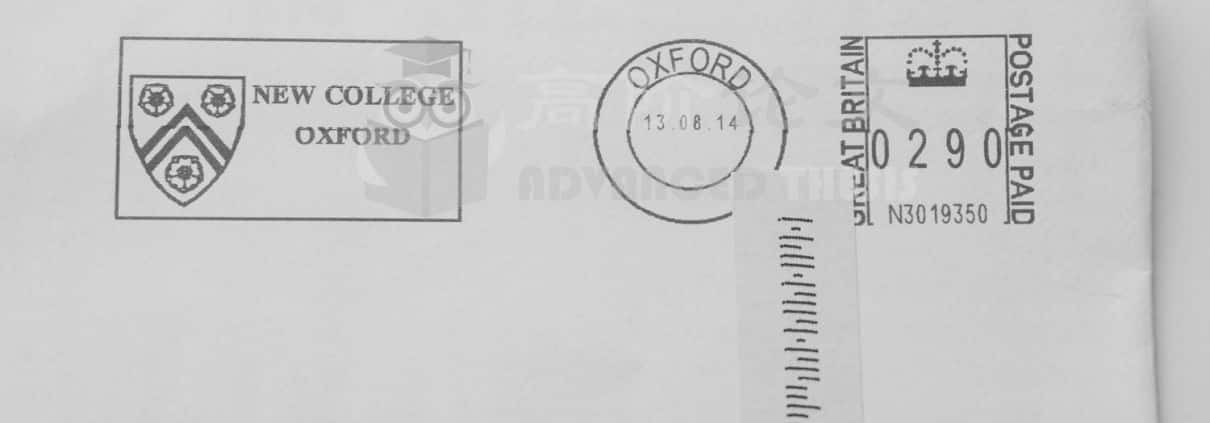加拿大硕士论文代写:恶棍的起源和澳大利亚的野蛮文化
加拿大硕士论文代写:恶棍的起源和澳大利亚的野蛮文化
“恶棍”,现在常见的澳大利亚英语单词在19和20世纪初被称为“恶棍、流氓”,或“年轻的城市鞠躬,流氓”,抱着过时的含义。在20世纪末期,当细微差别主要是“年轻淘气的人,一个无教养的,崎岖但热心肠人”,或“一个人的行为明显无知的政治或社会习俗。
批评人士表示,喧闹的涂抹在澳大利亚文化,有明显的合成可能的根源的起源。伸出一些评论员认为粗暴行为对任意作为响应,腐败的作者作为流放地澳大利亚定位时,而另一些则认为来到这个词使用意图反抗专有规范由澳大利亚英语新出现的官员。“先生。正义布莱克本在1971年裁定,在南澳大利亚新南威尔士…,每个部分的领土在流放地被认为是皇冠财产”(雷诺兹,1987:7)。粗暴行为的文化和行为方面可能起源于一个应对英国直辖殖民地的任意作者的这种观点在澳大利亚领土。
这个词是专门用来表示岩石推的成员。著名犯罪小组操作在悉尼后者期间的岩石19和20世纪初。黑帮著称的反社会行为和特定gang-oriented着装规范。10月出版的《1947年澳大利亚女性每周粗暴行为熟悉破坏和纵火,“这些人离开他们的野餐火灾燃烧导致火灾,危害相当大的绿色的可爱和建筑遗迹;同样的恶棍地带发送暴徒在城市公园的目的避开石块纪念碑和雕像之旅的鼻子。
加拿大硕士论文代写:恶棍的起源和澳大利亚的野蛮文化
‘Larrikin’, now a common Australian English word that during the 19th and early 20th centuries referred to ‘a thug, a hooligan’, or ‘a young city lout, a hoodlum’, which bore obsolete meanings. During the late 20th century, when nuances were primarily of ‘a young mischievous person, an uncultured, rugged but warm hearted person’, or ‘a person who behaves with evident ignorance of political or social conventions.
Critics denoted the larrikin smudge in Australian culture, and have distinctly synthesized probable roots of its origins. Few commentators opine that larrikinism protruded as a response against arbitrary, corrupt author while Australia was positioned as a Penal Colony, while others are of the opinion that the word came into usage to purport a rebel against proprietary norms regulated by English officials in the newly emerged Australia. ‘Mr. Justice Blackburn in 1971 ruled that on the establishment of South Australia…New South Wales, each portion of the territory within the penal colony was to be considered crown property’ (Reynolds, 1987:7). The cultural and behavioural aspects of larrikinism may have originated as a response to such claims of arbitrary authorship of the British crown on Australian territories.
The word was specifically used to denote members of the Rocks Push. It was a noted criminal squad operating in The Rocks of Sydney during the latter period of 19th and beginning of 20th centuries. The gang was noted for its antisocial demeanour and particular gang-oriented dress codes. An October issue of the Australian Women’s Weekly in 1947 familiarized larrikinism with sabotage and arson, ‘These are people that leave their picnic fires aflame resulting in blazes, which deal with considerable harm to green loveliness and architectural monuments; a likewise larrikin strip sends thugs into urban parks with a purpose of shying stones at monuments and trip noses off statues.



